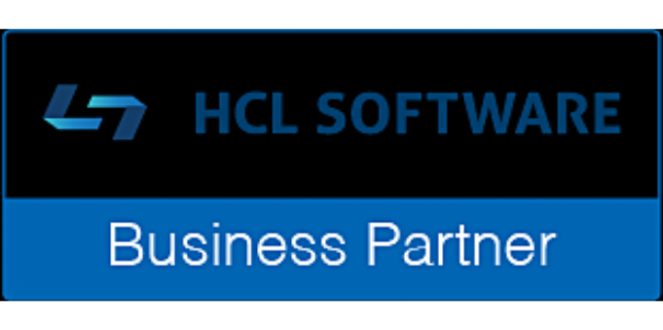Chutzpah — that’s the single word descriptor that comes to mind when I reflect on what I see the HCL group doing. From the decision to acquire the IBM collaboration portfolio, to the decisions about product paths, and the delivery efforts they’ve both committed to and delivered on…this team has chutzpah.

It’s a huge gamble they are taking, and if they fail in their goal to stabilize and capture new market share for the collaboration portfolio, it won’t be due to a shortage of effort, lackluster technical vision or poor execution. I’m truly impressed at what they’ve done, and what they plan to do next.
Time for some highlights:
Notes on mobile devices — HCL Nomad
“HCL Nomad” is the name going forward for mobile apps. They are currently available on iPad and will be delivered to Android tablet and iPhone by the end of the year with Android phones following shortly thereafter. From the demos we’ve seen, the way they are choosing to handle the navigation of typical Notes apps on the phone footprint is smart and usable—with capabilities of using the camera, GPS, rich text editing, and attachments. I’m certain customers will be able to roll existing Notes apps right out to these devices and feel very confident in their usability.
Proton & DQL
Proton is the new (v10) server layer that provides the data services layer for Domino Query Language (DQL). With this layer in place, it opens the door for many opportunities to integrate and innovate over Domino. One that was shown: utilizing Node Red to interact with Domino nodes for workflows between Salesforce and Domino. We’ll be sure to find an online demo and share it with you so you can see for yourself.
Futures: Event-Driven Architecture
In the v12 timeframe, Domino will have a pub/sub-model. This will change the game for app development significantly. For example, take a new document submission. That’s an “event” being published. You can then set up to subscribe to that event, and execute code or other pre-defined, simple functions. With Domino acting as a full participant in event-driven architectures, it will easily be plugged into other systems that could both subscribe to those events and be event generators that Domino can listen to. My mind’s been working out how to co-opt NodeRed into a business-user workflow tool for creating approval processes.
LEAP
LEAP has its origins in Form Experience Builder from IBM, but now the LEAP builder will be integrated into Notes/Domino for building applications. I touched on this in the previous blog post, but it’s worth revisiting here.
- LEAP will be useable by regular business users
- LEAP is used in a browser
- LEAP produces nice, clean browser applications
- LEAP artifacts are just normal NSF forms/views and code
- LEAP has basic workflow capabilities built-in
- LEAP enables Domino developers to work much faster
DX (Portal)
Anyone who’s rolled out infrastructure for DX (and Connections) knows it can be a challenge—primarily due to the WebSphere Deployment management tooling for high availability. Thanks to the industry’s advances in Container technology, the demos of shifting that responsibility to Kubernetes have been impressive. It shows that we can begin to decouple WebSphere from the underlying stack.
Connections
On the services side, IBM is offering new admin tools to help with the adoption/introduction of Connections which will be rolled out into general customer availability.
Summary:
It’s been a great few days to be with the HCL team, business partners, and customers. It’s been really nice to see the enthusiasm, commitment, and progress by everyone involved.
Request a free quote
WorkFlow Studios is an IBM Premier Partner helping clients achieve excellence in three key areas: Collaboration, Business Intelligence and Process Management.




